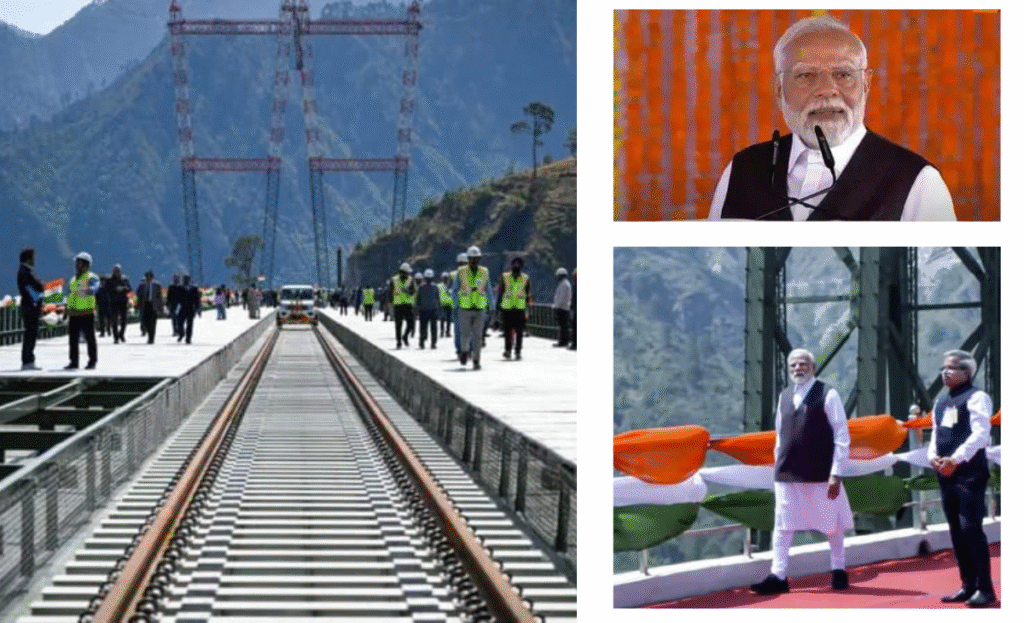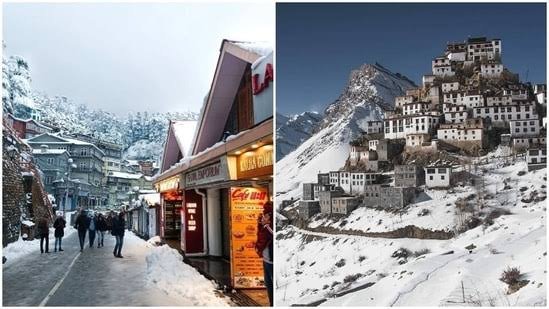Vikal Sharma
The Chenab Rail Bridge, towering over the Chenab River in the Reasi district of Jammu and Kashmir, stands as the world’s highest railway arch bridge, surpassing the Eiffel Tower by 35 meters in height. This remarkable infrastructure, spanning 1,315 meters, integrates steel and concrete to withstand extreme weather conditions and seismic activity, marking a historic achievement in India’s railway network.
Engineering Marvel in Challenging Terrain
The bridge features a 785-meter-long steel arch with an additional 530-meter approach bridge, making it a key component of the Udhampur-Srinagar-Baramulla Rail Link (USBRL). This ambitious project finally connects the Kashmir Valley to mainland India by rail, a crucial step toward national integration.
Construction spanned nearly a decade, with the arch completed in 2021, the bridge finalized in 2022, and trial runs beginning in 2024. The bridge was inaugurated on June 6, 2025, by Prime Minister Narendra Modi, solidifying its role in India’s evolving infrastructure landscape.

Strength, Stability, and Security
Built to endure winds up to 266 km/h and seismic disturbances, the Chenab Rail Bridge is one of the most resilient railway structures globally. Engineered to withstand explosions of up to 40 kg TNT, the bridge prioritizes both passenger safety and strategic significance.
With a projected lifespan of 120 years, trains will operate at speeds up to 100 km/h, ensuring efficient connectivity between Kashmir and other parts of India. The bridge’s construction required a staggering 25,000 tonnes of metal, nearly three times the material used to build the Eiffel Tower, and an investment of ₹1,486 crore ($180 million).
A Symbol of Progress
Recent satellite and ground imagery showcases the bridge’s magnificent steel arch, dramatically situated between towering mountain peaks over the Chenab River. This visual spectacle highlights both its architectural beauty and strategic significance.
The Chenab Rail Bridge is not just an engineering marvel but a symbol of India’s infrastructure development, resilience, and national unity. As trains begin regular service, it marks the beginning of a new era in railway transport, strengthening regional connectivity and boosting economic growth in the Himalayas.





